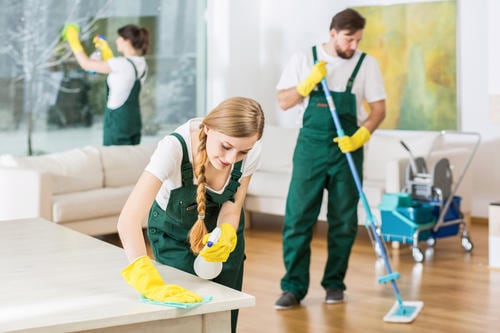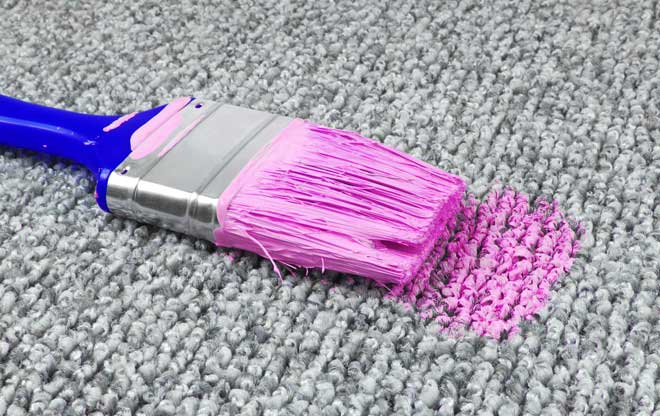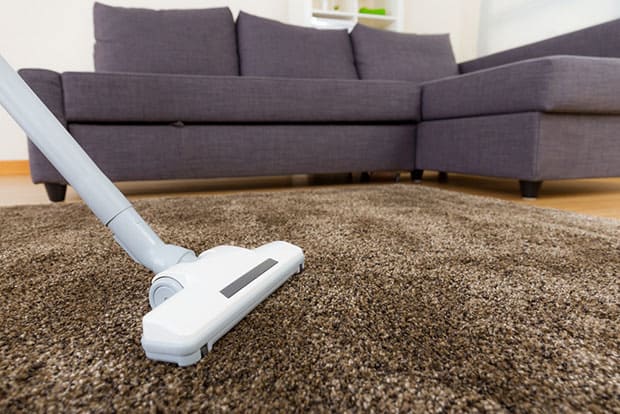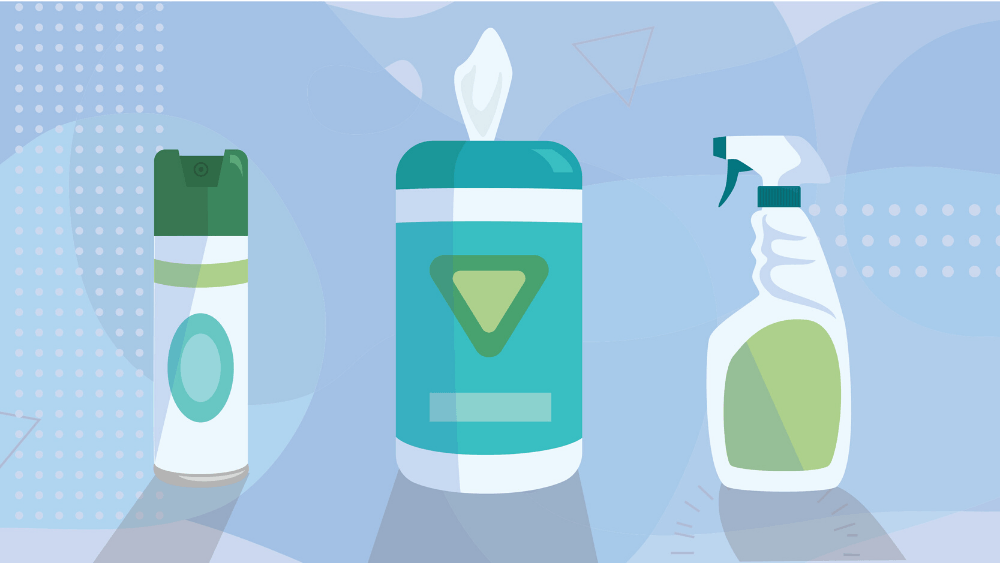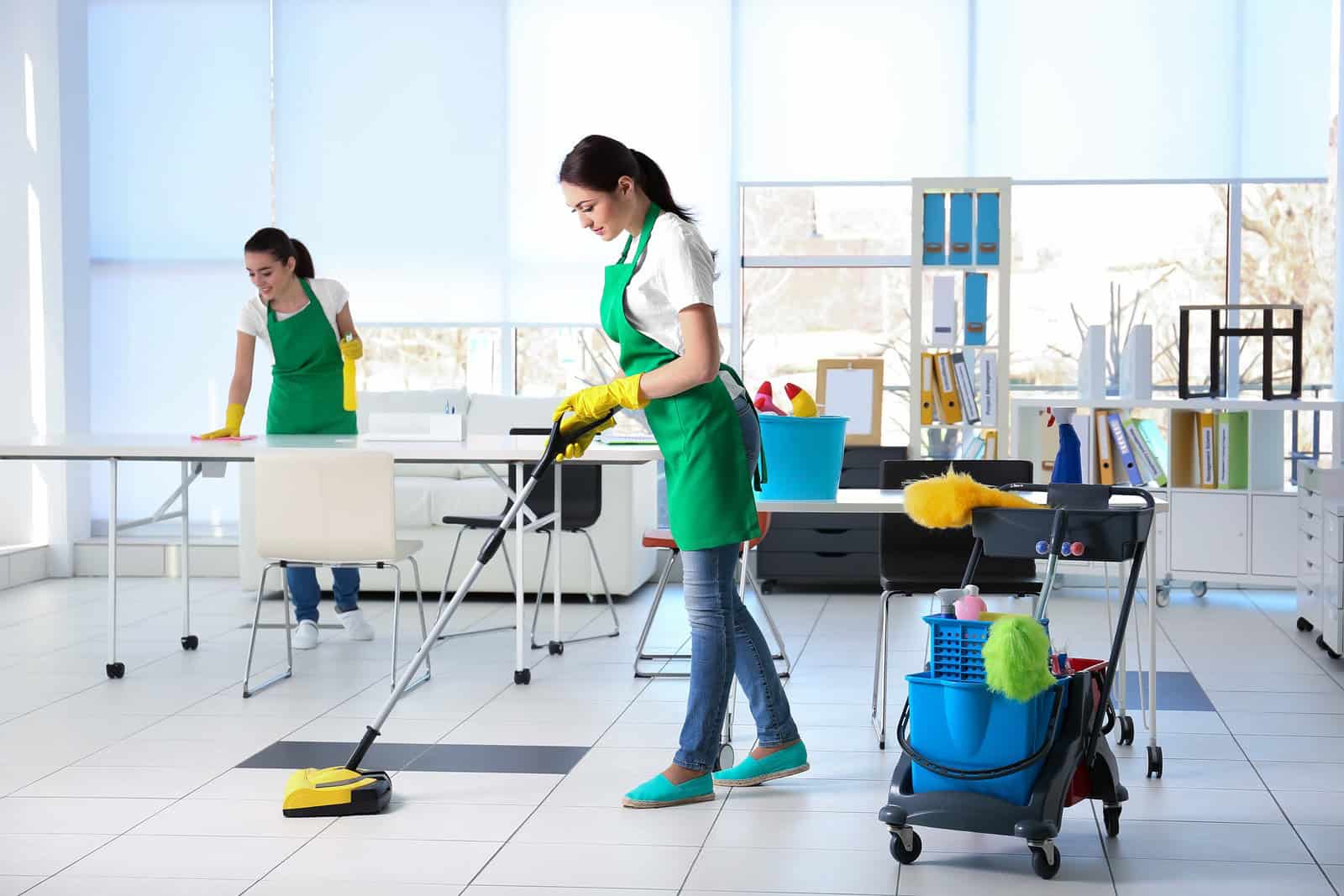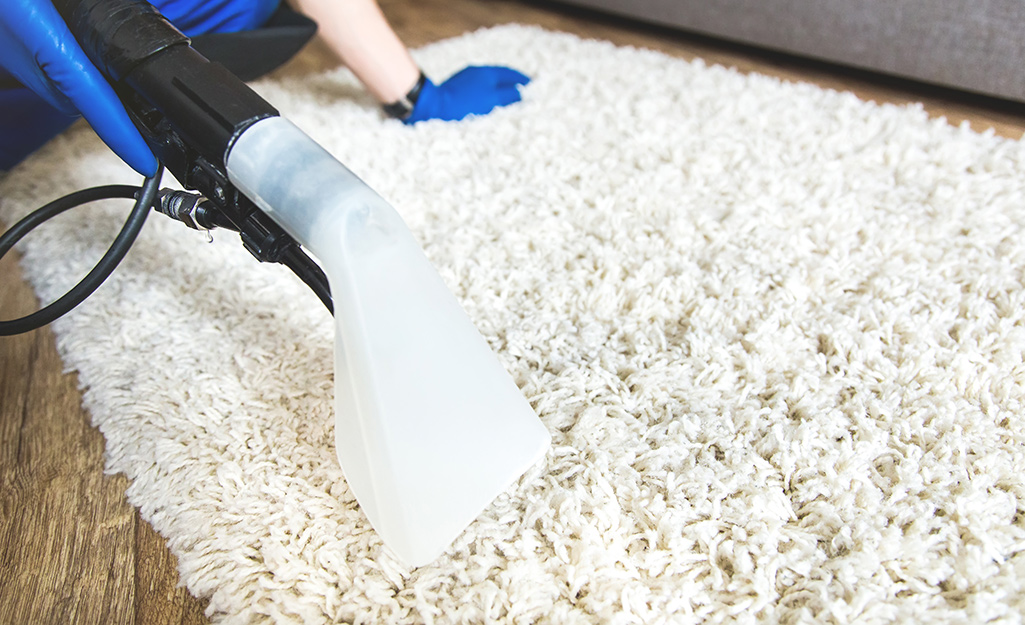14 November 2025
Understanding the Yellowish Tone on Tiles: Dirt, Moisture, or Chemical Reaction
Tiles are a popular choice in Australian homes and commercial spaces for their durability, low maintenance, and aesthetic appeal. But over time, many property owners notice an unsightly yellowish tone forming on what was once a pristine surface. Whether in bathrooms, kitchens, or high-traffic floors, this yellowing can be frustrating — and understanding its cause is the first step to restoring that fresh, clean look.
So, what really causes this discolouration? In most cases, it comes down to three main culprits: dirt buildup, trapped moisture, or chemical reactions.
1. Dirt and Grime Buildup
In many Australian households, particularly in humid regions like Queensland or coastal NSW, tiles tend to accumulate grime from daily use. Oils, soap scum, and fine dust settle into the tile’s surface or grout lines, giving them a dull or yellowed appearance. In kitchens, cooking grease and food splatter add another layer of residue that ordinary mopping may not remove.
Solution:
Regular cleaning using pH-neutral tile cleaners or mild detergent can help prevent discolouration. Professional tile and grout cleaning services often use steam cleaning or high-pressure extraction methods that lift embedded dirt without damaging the surface — an ideal option for busy commercial or residential spaces.
2. Moisture and Mould Growth
Moisture is another major cause of yellowing, particularly in bathrooms or areas with poor ventilation. When water seeps into grout or beneath tiles, it can trap organic matter and encourage mould or mildew growth, leading to yellow, brown, or even greenish stains. Australian homes with older tile installations or insufficient waterproofing are especially prone to this issue.
Solution:
Improving ventilation, sealing grout lines, and using anti-mould cleaning products can significantly reduce the risk. For severe cases, professional cleaners can perform deep extraction cleaning or regrouting to restore both hygiene and appearance.
3. Chemical Reactions and Cleaning Product Residue
Not all yellow stains are caused by dirt or moisture — sometimes, they’re chemical. Harsh cleaners, bleach, or acidic solutions can react with certain tile materials, sealants, or even the minerals in water, leaving behind a yellowish tint. This is particularly common with light-coloured tiles or polished marble, which are sensitive to strong chemicals.
Solution:
Always read product labels before using cleaning agents. Stick to manufacturer-approved solutions for your tile type, or consult professional cleaning services that understand surface chemistry. In Australia, many eco-friendly cleaning providers now use biodegradable, non-reactive formulas designed specifically for tile care.
4. Preventing Future Yellowing
To maintain spotless tiles year-round:
- Mop regularly with warm water and neutral cleaner.
- Wipe spills immediately to avoid stains.
- Reseal grout every 6–12 months.
- Use mats in high-traffic or moisture-prone areas.
A yellowish tone on tiles isn’t always a sign of neglect — it’s often a natural result of environmental factors and cleaning habits. By identifying whether it’s dirt, moisture, or a chemical reaction, you can choose the right solution and prevent further damage. For long-lasting results, engaging professional cleaning services ensures your tiles stay as vibrant and spotless as the day they were laid.


